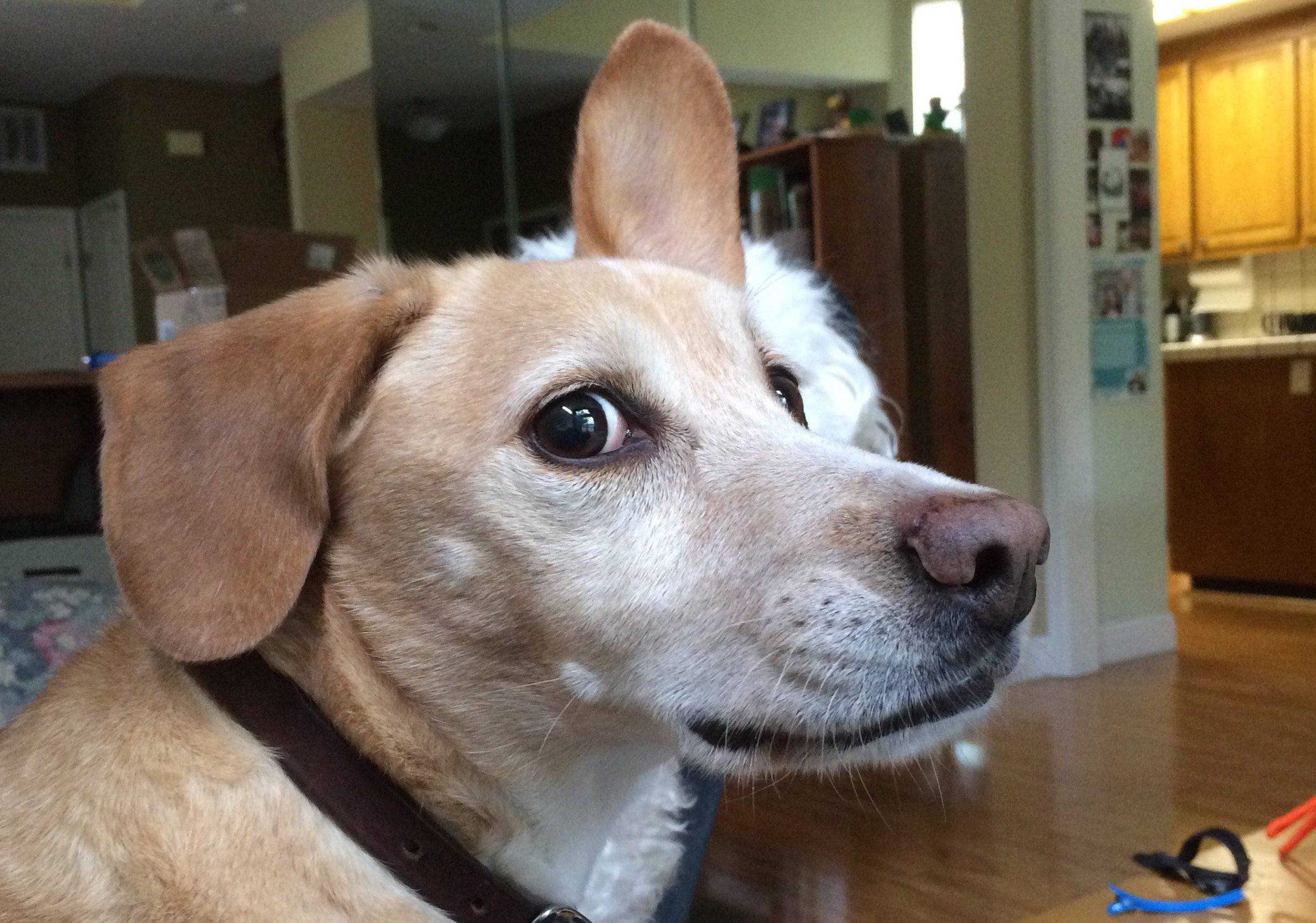
Introduction
Dogs have always fascinated us with their ability to communicate without words. They rely heavily on body language to express their thoughts and emotions, and one of the most intriguing behaviors they exhibit is the "side eye." This article explores the significance of a dog's side eye, what it conveys, and how it can help us better understand our furry friends.
What is the Side Eye?

The side eye refers to the glance a dog gives when they turn their head slightly to the side, avoiding direct eye contact. It is often accompanied by a fixed gaze or narrowed eyes, creating an intense and thought-provoking expression. This behavior is especially common when dogs are uncertain, suspicious, or trying to assert dominance.
Interpreting the Side Eye

Understanding what a dog's side eye means can provide valuable insights into their state of mind. While each dog is unique, certain common interpretations can help us decode their intentions. The side eye can indicate a mix of curiosity, wariness, and vigilance. It may also suggest a desire to avoid confrontation or communicate a sense of unease.
Body Language Cues
When interpreting a dog's side eye, it's essential to consider their overall body language. Dogs communicate holistically, combining various cues to express themselves fully. Pay attention to their ear position, tail movement, and posture. These additional cues can provide a more complete picture of their emotions and intentions.
Signs of Discomfort

The side eye can also indicate that a dog is uncomfortable or anxious. It may be accompanied by other signs of stress, such as panting, yawning, or lip licking. If you notice these behaviors, it's crucial to respect the dog's boundaries and give them space. Pushing them further can escalate their discomfort and potentially lead to aggression.
Asserting Dominance

In some instances, a dog may use the side eye as a way to assert dominance. When faced with a perceived threat or challenge, they may fixate their gaze on the subject while turning their head to the side. This behavior communicates confidence and can be a warning sign to back off.
Context Matters

It's essential to consider the context in which a dog exhibits the side eye. Different situations can elicit varied responses, and what may be interpreted as discomfort in one context could be curiosity in another. Pay attention to the environment, other dogs or animals present, and any potential triggers that may influence their behavior.
Socialization and Training

Proper socialization and training play a vital role in a dog's ability to communicate effectively. By exposing them to various environments, people, and animals, we can help them develop confidence and reduce anxiety. Training sessions that focus on positive reinforcement can also strengthen the bond between a dog and their owner, leading to more trust and better communication.
Building Trust and Understanding

By learning to interpret a dog's side eye, we can deepen our understanding of their thoughts and emotions. This knowledge allows us to create a safe and supportive environment where they feel comfortable expressing themselves. Building trust with our furry companions is essential for a harmonious and fulfilling relationship.
Conclusion
The side eye is a fascinating behavior that gives us a glimpse into a dog's inner world. It conveys a range of emotions, from curiosity to discomfort, and serves as an important communication tool for our four-legged friends. By paying attention to their body language cues and respecting their boundaries, we can better understand and connect with our beloved dogs.